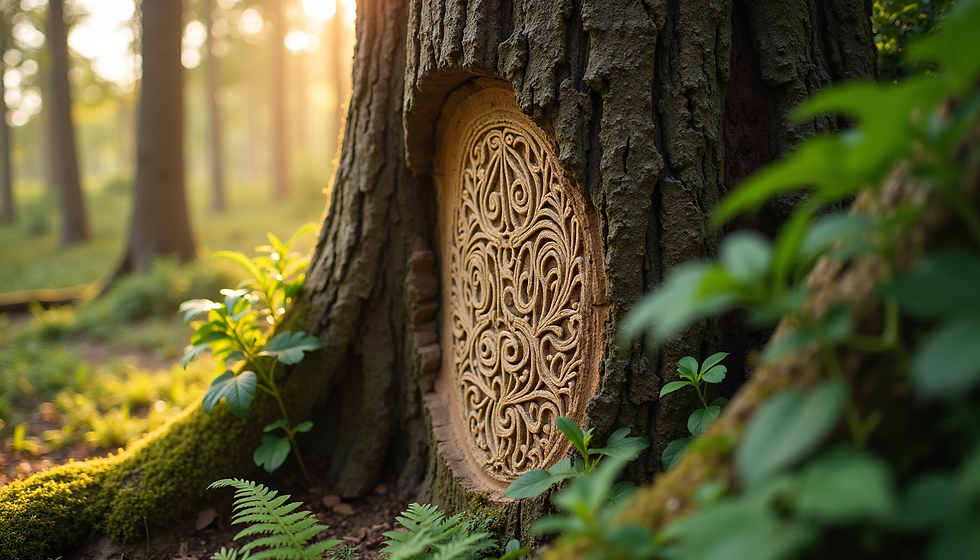Exploring Culturally Modified Trees in Western Washington
- Beth Mathews
- Jun 23
- 2 min read
When wandering through the lush forests of western Washington, one might come across a unique sight - trees that bear signs of having been culturally modified. These trees have been shaped and altered by human hands in various ways, serving as a link to the past and offering a glimpse into the rich history of the region’s indigenous communities.

Culturally Modified Trees (CMTs) are not only fascinating to observe but also hold significant cultural and historical value. They come in various forms, such as markers for trails, hunting sites, or even as symbols of spiritual significance. By studying and documenting these trees, researchers can gain valuable insights into the practices and traditions of the people who once inhabited these lands. For those interested in delving deeper into the world of CMTs, there is a fantastic educational resource dedicated to this subject in western Washington. This website serves as a hub of information and resources, offering links to informative videos, websites, academic articles, and news pieces that shed light on the significance of culturally modified trees. Moreover, visitors can find info sheets from Antiquity Consulting, which further enhance their understanding of this intriguing topic. One of the highlights of the website is a page where the public can submit tips about potential CMTs they have come across. This interactive feature allows enthusiasts to actively contribute to the preservation and study of culturally modified trees, creating a community of like-minded individuals passionate about safeguarding this vital part of history. For those seeking to engage further with the world of CMTs, there is a contact email provided on the website for inquiries and collaboration opportunities. This opens the door for dialogue, knowledge sharing, and potential partnerships that can further advance research and conservation efforts related to culturally modified trees. Exploring culturally modified trees in western Washington is not just a journey through the woods - it is a voyage through time, culture, and tradition. By immersing ourselves in the study of CMTs, we can gain a deeper appreciation for the interconnectedness of nature and humanity, and the profound impact our ancestors have had on the landscapes we inhabit today.


Comments